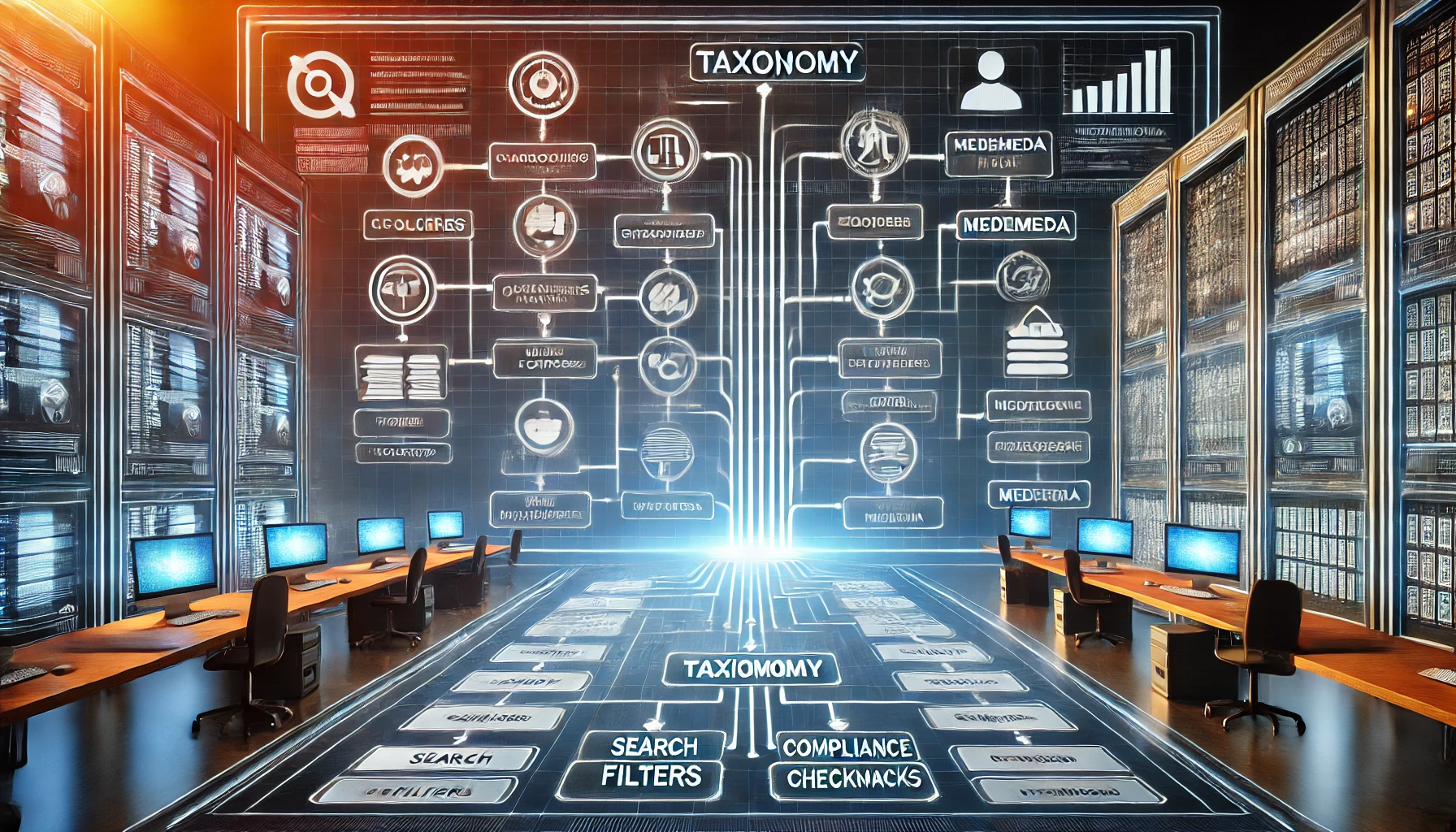Digitization
Digitization
Jul 17, 2024
Jul 17, 2024
Digitizing Documents with Machine Learning (ML) and Artificial Intelligence (AI)



Summary
AI is still in its early stages, with limited application in document digitization. However, rapid advancements in ML and AI can potentially transform the traditional, often time-consuming documentation process. This blog highlights the benefits of using ML and AI for document digitization.
Digital paperwork is increasingly seen as a resource-saving measure. A Xerox study revealed that nearly 46% of respondents feel they waste significant time due to excessive paperwork. Additionally, 50% of firms have either started using or are considering digital processing. Converting paper files to digital offers advantages such as time and effort savings, improved accessibility, retrieval, and increased security. Despite a growing shift towards digital methods, sectors like public administration and justice still heavily rely on paper due to traditional practices.
However, the public sector can transform operations by automating essential business processes using AI and other technologies. The rapid advancement of ML and AI in optimizing document digitization underscores this potential. Organizations that do not embrace these modern technologies may struggle to keep pace or expand.
Learning and applying ML and AI for digitization is crucial. We have compiled several uses of ML and AI in content digitization that firms can employ to capitalize on opportunities provided by these technologies:
Auto Content Generation
Research indicates that creating new versions of existing documents is time-consuming. This challenge is common in companies where new employees must follow company rules for managing the work environment. Automating document creation with ML and AI can significantly accelerate this process.
For example, when I applied for a loan, one finance firm required a 20-page booklet for signing, taking nearly an hour to complete. In contrast, a large financial corporation automatically generated the necessary details, finalizing everything within minutes with just two or three signatures. This automated process saved time and ensured consistency in writing style, minimizing human errors.
AI algorithms learn from historical data to ensure documents are error-free and maintain consistent style and format. They can predict future requirements based on past data, streamlining document creation and ensuring relevance.
Applications of ML and AI in Document Automation
ML and AI can automatically generate:
Finance-Related Documents: Tax documents, invoices, finance reports, and statistics.
Human Resource Files: Employee records, onboarding documents, and performance reviews.
Legal Documents: Contracts, agreements, deeds.
Educational Materials: Course content, educational resources, training materials, and manuals.
Extraction and Analysis of Data
AI can streamline document management across different sectors. AI's ability to automatically process information is beneficial for extracting statistical data, which can be compared with various document patterns for advanced data analysis. This allows companies to closely monitor business forecasting details.
Using AI for document processing can enhance operational efficiency, reduce errors, and optimize resource allocation. It facilitates tracking document usage and identifying changing trends and patterns. This creates a more efficient and productive work environment, enabling employees to focus more on their tasks rather than generating voluminous documents.
Content Grouping and Processing
ML algorithms and AI empower users to extract information for multiple tasks. ML and AI tools efficiently extract and comprehend content automatically.
Numerous AI APIs (Application Programming Interfaces) can be integrated with mobile and web applications. These APIs facilitate automatic document sorting into categories based on context, such as subject, date, area, and other identifying data points.
Prominent Document Management Software integrates Image-to-Editable Text Conversion technology:
OCR (Optical Character Recognition) reads and extracts text from scanned images, PDFs, and other document formats.
ICR (Intelligent Character Recognition) interprets handwritten characters and more complex fonts, advancing beyond traditional OCR capabilities.
ML and AI tools reduce costs associated with physical document storage, handling, and manual processing. They also improve document searchability and retrieval by converting them into digital formats and categorizing them based on relevant data points.
Conclusion
Content across platforms is evolving, alongside tools to manage it. Integrating ML and AI tools in document digitization will streamline operations, drive innovation, and enhance competitiveness. Adopting these technologies will lead to improved efficiency, cost reductions, and advanced decision-making capabilities.
Businesses can establish leadership in digital transformation by using ML and AI tools for document management. This shift will redirect employee focus from routine administrative tasks to strategic initiatives and creative endeavors.
Consequently, ML and AI-empowered document digitization and management will play a vital role in enabling flexible, data-focused approaches across various sectors, fostering a more streamlined and competitive business environment.
Discover how MediaGuru’s digitization services can help your business lead the way in digital transformation.
Summary
AI is still in its early stages, with limited application in document digitization. However, rapid advancements in ML and AI can potentially transform the traditional, often time-consuming documentation process. This blog highlights the benefits of using ML and AI for document digitization.
Digital paperwork is increasingly seen as a resource-saving measure. A Xerox study revealed that nearly 46% of respondents feel they waste significant time due to excessive paperwork. Additionally, 50% of firms have either started using or are considering digital processing. Converting paper files to digital offers advantages such as time and effort savings, improved accessibility, retrieval, and increased security. Despite a growing shift towards digital methods, sectors like public administration and justice still heavily rely on paper due to traditional practices.
However, the public sector can transform operations by automating essential business processes using AI and other technologies. The rapid advancement of ML and AI in optimizing document digitization underscores this potential. Organizations that do not embrace these modern technologies may struggle to keep pace or expand.
Learning and applying ML and AI for digitization is crucial. We have compiled several uses of ML and AI in content digitization that firms can employ to capitalize on opportunities provided by these technologies:
Auto Content Generation
Research indicates that creating new versions of existing documents is time-consuming. This challenge is common in companies where new employees must follow company rules for managing the work environment. Automating document creation with ML and AI can significantly accelerate this process.
For example, when I applied for a loan, one finance firm required a 20-page booklet for signing, taking nearly an hour to complete. In contrast, a large financial corporation automatically generated the necessary details, finalizing everything within minutes with just two or three signatures. This automated process saved time and ensured consistency in writing style, minimizing human errors.
AI algorithms learn from historical data to ensure documents are error-free and maintain consistent style and format. They can predict future requirements based on past data, streamlining document creation and ensuring relevance.
Applications of ML and AI in Document Automation
ML and AI can automatically generate:
Finance-Related Documents: Tax documents, invoices, finance reports, and statistics.
Human Resource Files: Employee records, onboarding documents, and performance reviews.
Legal Documents: Contracts, agreements, deeds.
Educational Materials: Course content, educational resources, training materials, and manuals.
Extraction and Analysis of Data
AI can streamline document management across different sectors. AI's ability to automatically process information is beneficial for extracting statistical data, which can be compared with various document patterns for advanced data analysis. This allows companies to closely monitor business forecasting details.
Using AI for document processing can enhance operational efficiency, reduce errors, and optimize resource allocation. It facilitates tracking document usage and identifying changing trends and patterns. This creates a more efficient and productive work environment, enabling employees to focus more on their tasks rather than generating voluminous documents.
Content Grouping and Processing
ML algorithms and AI empower users to extract information for multiple tasks. ML and AI tools efficiently extract and comprehend content automatically.
Numerous AI APIs (Application Programming Interfaces) can be integrated with mobile and web applications. These APIs facilitate automatic document sorting into categories based on context, such as subject, date, area, and other identifying data points.
Prominent Document Management Software integrates Image-to-Editable Text Conversion technology:
OCR (Optical Character Recognition) reads and extracts text from scanned images, PDFs, and other document formats.
ICR (Intelligent Character Recognition) interprets handwritten characters and more complex fonts, advancing beyond traditional OCR capabilities.
ML and AI tools reduce costs associated with physical document storage, handling, and manual processing. They also improve document searchability and retrieval by converting them into digital formats and categorizing them based on relevant data points.
Conclusion
Content across platforms is evolving, alongside tools to manage it. Integrating ML and AI tools in document digitization will streamline operations, drive innovation, and enhance competitiveness. Adopting these technologies will lead to improved efficiency, cost reductions, and advanced decision-making capabilities.
Businesses can establish leadership in digital transformation by using ML and AI tools for document management. This shift will redirect employee focus from routine administrative tasks to strategic initiatives and creative endeavors.
Consequently, ML and AI-empowered document digitization and management will play a vital role in enabling flexible, data-focused approaches across various sectors, fostering a more streamlined and competitive business environment.
Discover how MediaGuru’s digitization services can help your business lead the way in digital transformation.




